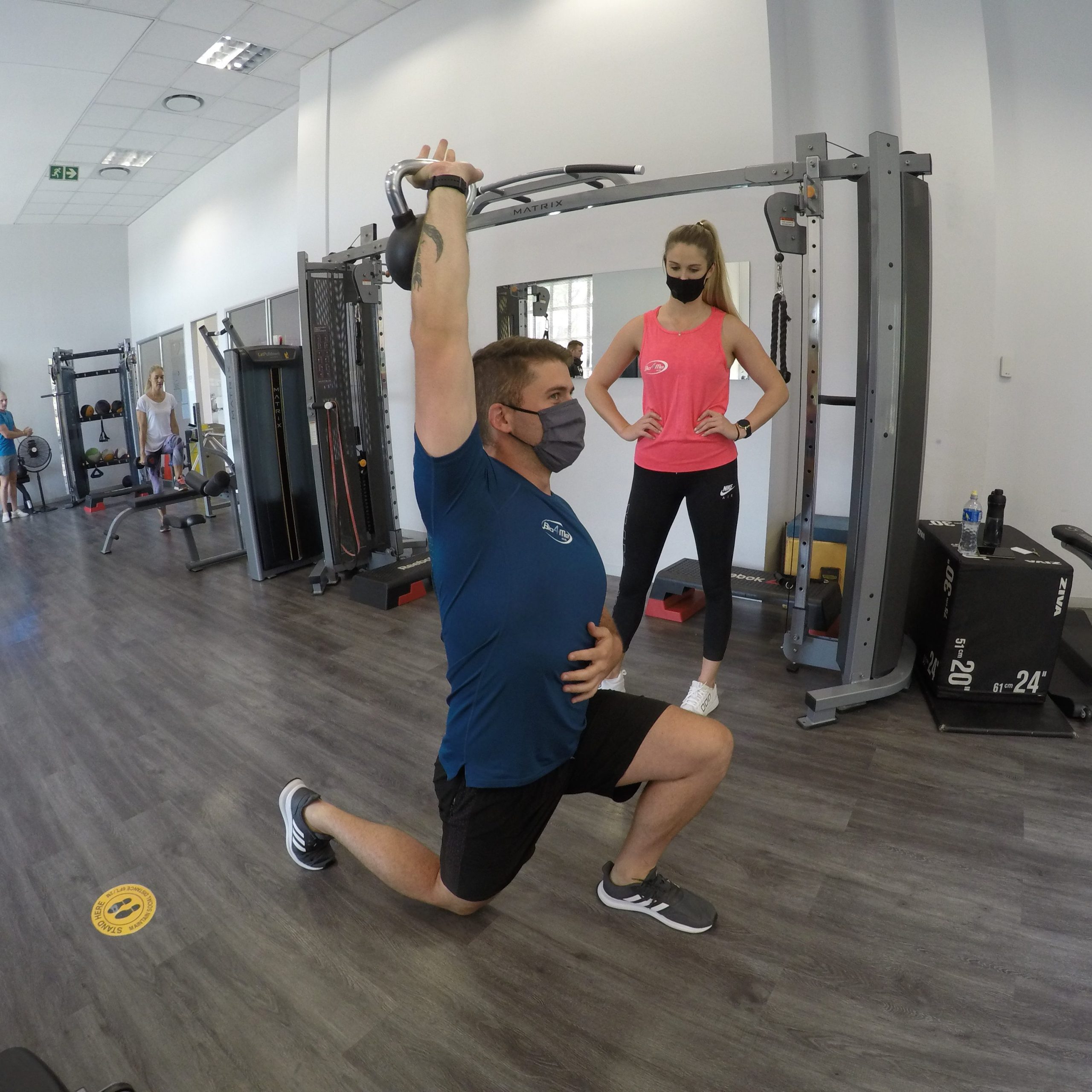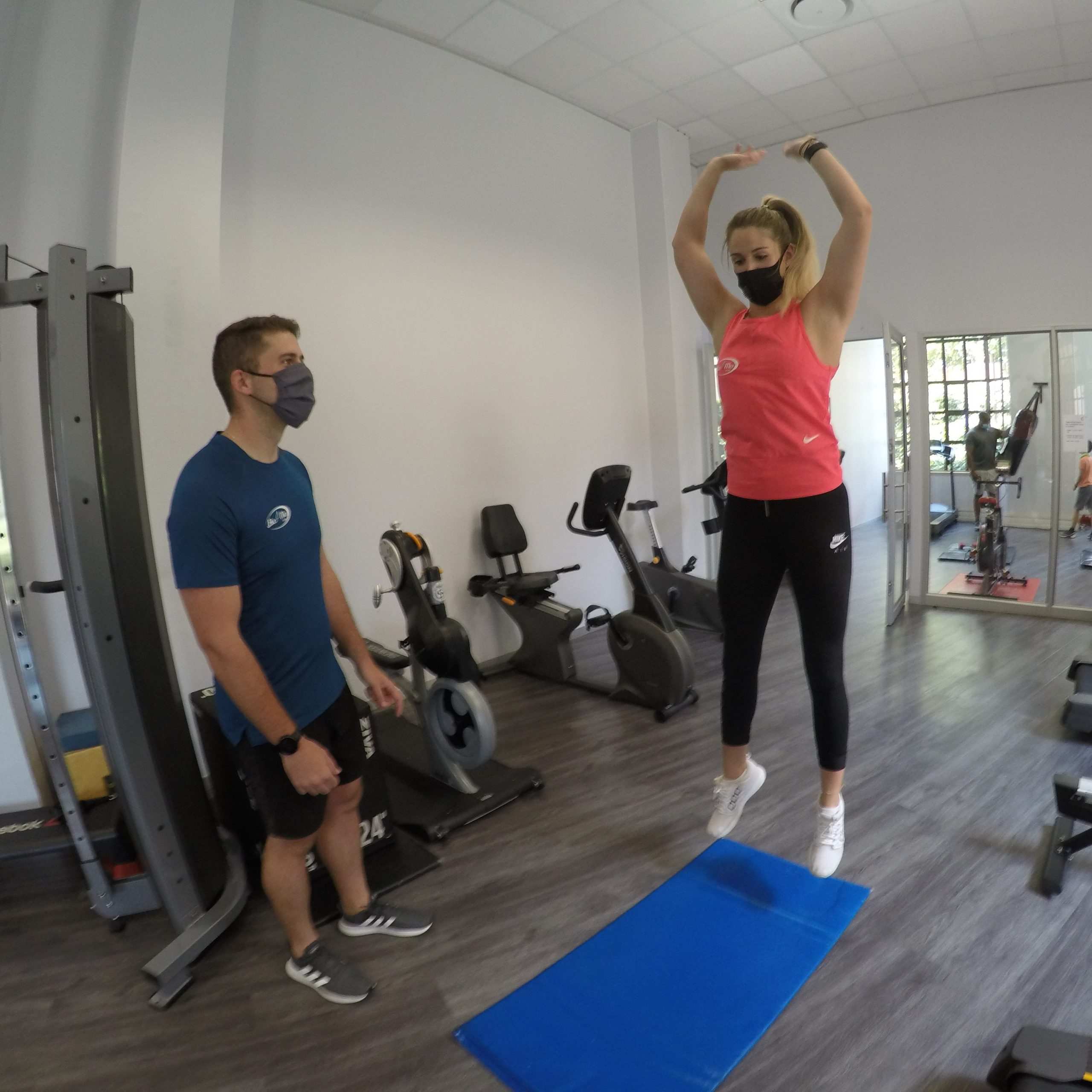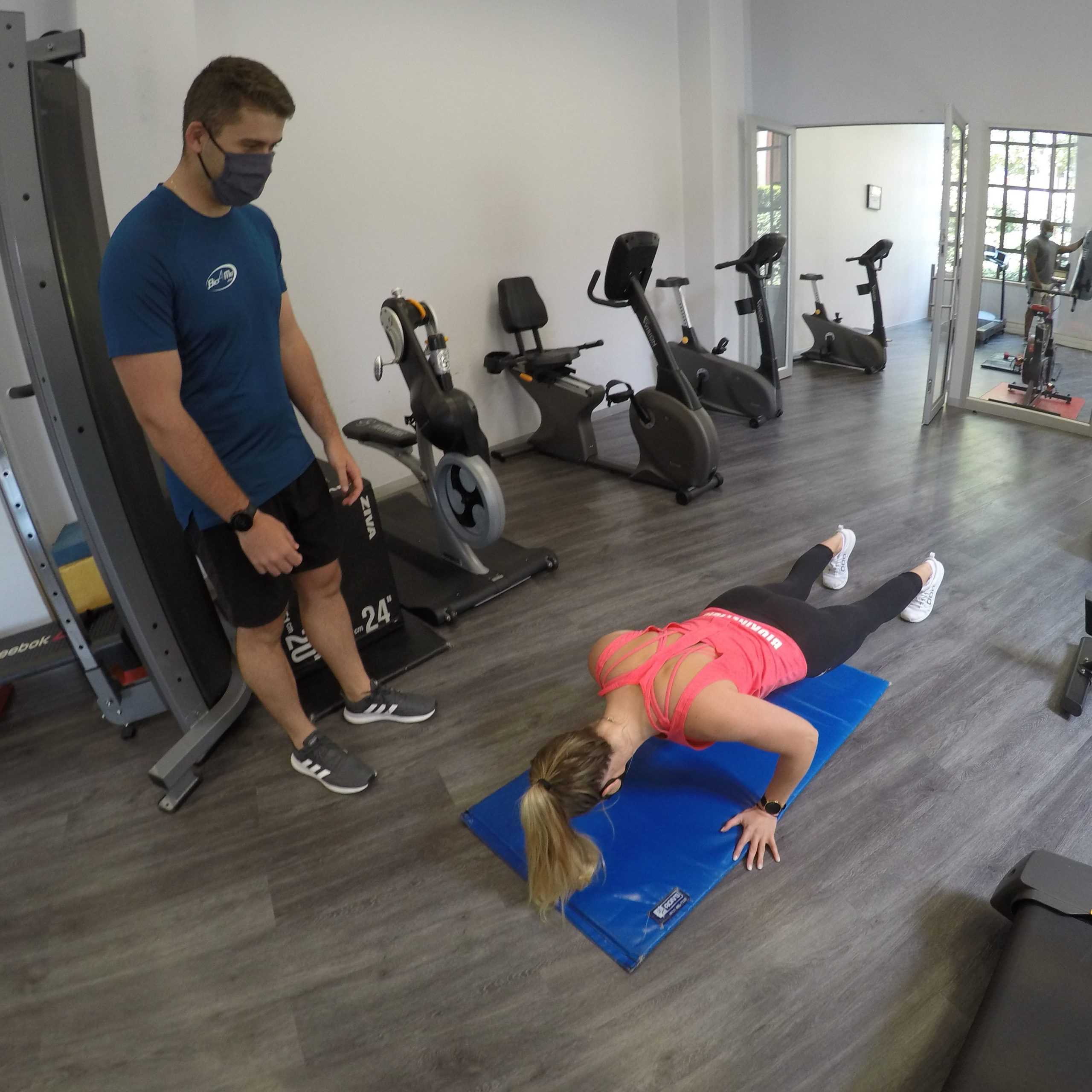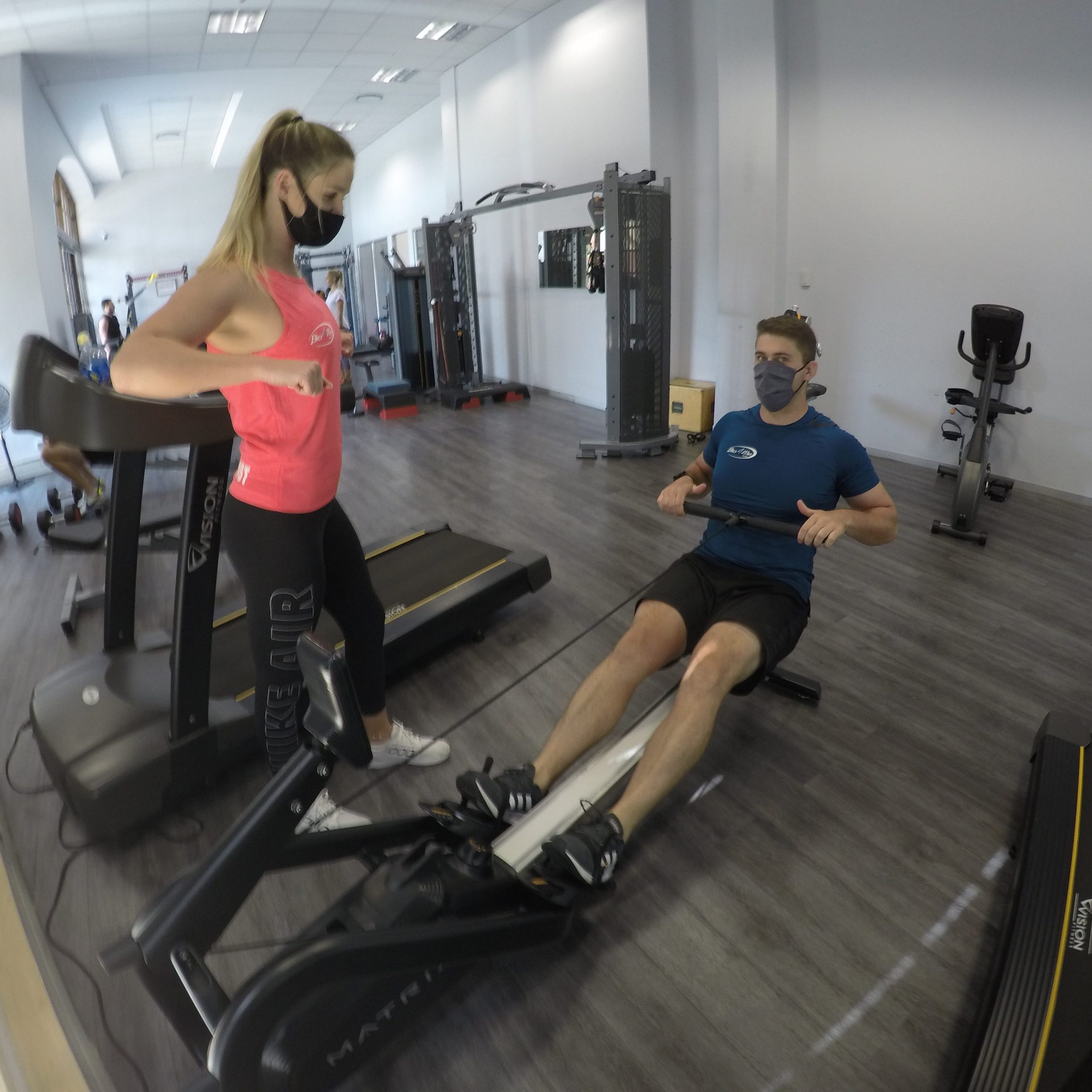Strength Training for Weight Loss
Posted on January 28th, 2021 by Andries Lodder
By Sean Pickup

Full body exercises that engage large muscle groups as well as your core are ideal.Many people think that strength training is only done by people that want to gain large amounts of muscle and get strong. Strength training does help with increasing muscular strength but what a lot of people don’t know is that it is also a great form of training to help with weight loss.
Cardiovascular exercise like running and cycling are often the go-to form of exercise for people wanting to lose weight. This type of training is indeed effective for fat loss but it also decreases muscle size which can lead to muscles becoming weaker. You may even feel like you have lost more weight because muscle is much heavier than fat. Adding resistance or strength training to an exercise program will be beneficial for fat loss while increasing muscular size and strength.
This body fat reduction happens due to phenomenon called Excess Post-Exercise Oxygen Consumption (EPOC).
How EPOC works:
- Your body requires more energy when exercising in comparison to resting.
- This energy is provided to your muscles when your body breaks down fats and carbohydrates which are stored in the muscles, liver and other fatty tissues
- More vigorous exercise requires more energy which in turn means more fat and carbohydrates need to be broken down.
- EPOC helps the muscles recover after exercise by keeping oxygen consumption elevated and restoring those muscles to their resting state.


EPOC is determined by the type, length and intensity of the exercise. Longer, more intense exercise using large muscle groups done at an intensity close to fatigue will result in a longer lasting EPOC.
Forms of exercise that will increase the duration of EPOC:
- High Intensity Interval Training (HIIT) – HIIT training is associated with a higher level of fatigue which means the body requires more oxygen in order to recover fully and replenish depleted energy stores.
- A great example of a high intensity exercise is a box jump.
- Resistance training – increases ones Basal Metabolic Rate (BMR) which is simply the number of calories a person burns while at rest. An increase is muscle size leads to an increase in BMR which then leads to more sustained fat loss over time
- Weighted lunges are a great example of a resistance exercise which can increase muscle strength and size.
- Strength training – uses large muscle groups, cover two or more joints and use full body exercises. This is to ensure that the whole body is constantly engaged which increases muscle size and in turn increases BMR.
- Body weight exercises like pull ups can greatly improve overall strength. These can be done with or without the assistance of elastic bands for beginners.

Cardiovascular exercise is still an incredibly important part of any exercise program due to the positive impact it has on both cardiac and respiratory health. That is why the ideal exercise program incorporates both resistance and cardio exercise in order to achieve the best results possible.
For training advice, one on one training or group training sessions – contact us now.
Tweet